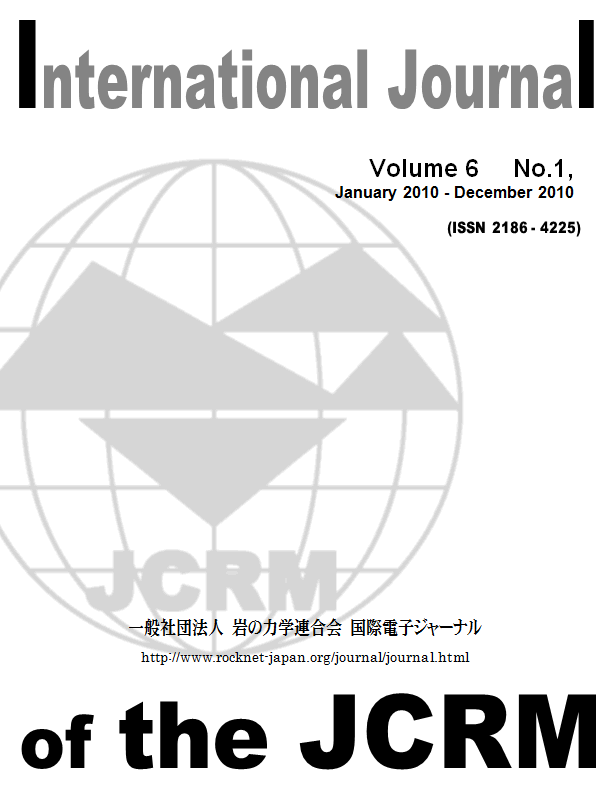Volume 6, Issue 1
Displaying 1-5 of 5 articles from this issue
- |<
- <
- 1
- >
- >|
-
2009Volume 6Issue 1 Pages 1-6
Published: October 01, 2009
Released on J-STAGE: January 11, 2014
Download PDF (902K) -
2010Volume 6Issue 1 Pages 7-11
Published: June 01, 2010
Released on J-STAGE: January 11, 2014
Download PDF (443K) -
2010Volume 6Issue 1 Pages 13-16
Published: August 01, 2010
Released on J-STAGE: January 11, 2014
Download PDF (371K) -
2010Volume 6Issue 1 Pages 17-22
Published: December 01, 2010
Released on J-STAGE: January 11, 2014
Download PDF (813K) -
2011Volume 6Issue 1 Pages 23-31
Published: January 01, 2011
Released on J-STAGE: January 11, 2014
Download PDF (1822K)
- |<
- <
- 1
- >
- >|
